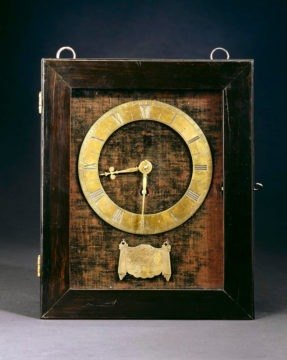Hugh Aldersey-Williams in Aeon:
 During the 1650s, the admired Dutch diplomat Constantijn Huygens often found himself with time on his hands. He was the loyal secretary to successive princes in the House of Orange, the ruling dynasty in the northern Netherlands during the Eighty Years’ War with Spain, and had been knighted by both James I of England and Louis XIII of France. Now that the Dutch were embarking upon an experimental period of republican government, his diplomatic services were no longer required. So he set down his untiring pen, and turned to books.
During the 1650s, the admired Dutch diplomat Constantijn Huygens often found himself with time on his hands. He was the loyal secretary to successive princes in the House of Orange, the ruling dynasty in the northern Netherlands during the Eighty Years’ War with Spain, and had been knighted by both James I of England and Louis XIII of France. Now that the Dutch were embarking upon an experimental period of republican government, his diplomatic services were no longer required. So he set down his untiring pen, and turned to books.
In September 1653, he happened to read Poems and Fancies, a newly published collection by the English exile Margaret Cavendish, Duchess of Newcastle, a staunch royalist who had sought to escape the persecutions of Oliver Cromwell’s Commonwealth by making her home in the city of Antwerp. Among its verses and dialogues, Cavendish’s book featured a range of her untested scientific ideas, including a 50-page verse exposition of her atomic theory. Her ‘extravagant atoms kept me from sleeping a great part of last night,’ Huygens wrote to a mutual friend.
A few years later, in March 1657, the 60-year-old Huygens initiated a correspondence with Cavendish, wondering if she might have an explanation for an odd phenomenon that had given rise to something of a craze in the salons of Europe. So-called Prince Rupert’s drops were comma-shaped beads formed by trickling molten glass into a bucket of cold water.
More here.
